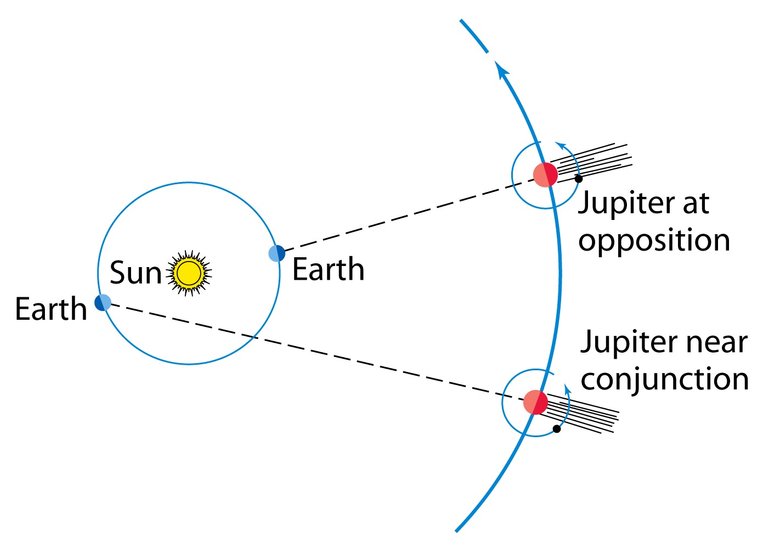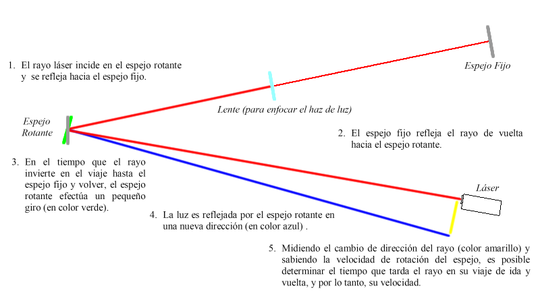We all know that light is very fast. But it was not always known how fast it was, at least not with enough precision. Did you know that there was a time when it was believed that the speed of light was infinite? So...
How do we know the speed of light?
It was from the seventeenth century where the race between scientists began to find out their speed and began to carry out the first experiments to determine it. The first measurements that were carried out by scientists such as Galileo or Beeckman.
At first, we tried to measure the speed of light in the same way that we would measure the speed of a car: light sources were placed in one place and the observer was placed in another one farther away and calculating the distance between the time would give speed .
![]()
However, for the light to be visible, the observer was only a couple of kilometers away. But in such small distances the light moves almost instantaneously. Therefore, the only thing that came to be determined, was that the speed was too fast to be measured (at least so).
It was not until Ole Roemer decided to make measurements of the speed of light by observing the galaxy. He spent part of his time observing Jupiter's moons and realized that eclipses did not occur when he predicted them.
The only explanation he found was that the light that was reflected in the moons, had to travel throughout the space before being able to observe it. That's how, considering the distances between Earth and Jupiter and how long the eclipses were delayed, when Jupiter was farther from the earth. He could estimate that the speed of light was around 220,000 km / s. It is far less than we know, but taking into account the limitations of the time is not bad.

But in reality, the most accurate measures were achieved with methods similar to those used by Galileo. When the possibility was accepted that the light moved like a wave. A new series of experiments emerged that took this nature into account.
This is how we began to play with the concept of frequency, wavelength, interference ... Concepts that made it possible to establish the value we currently know.
And with the passage of time, using lasers of known frequency and determining the wavelength, the formula was used that dictates that the speed of a wave is equal to the frequency of its ripple multiplied by the length of that wave always obtaining similar values that caused the speed of light to be established at 299,792,458 m / s.

8 curiosities that maybe you did not know about light
- Light is electromagnetic radiation, such as radio waves, infrared radiation and x-rays.
- Even though light travels at 299,792,458 meters per second (in a vacuum), it takes years to travel across vast distances of space.
- It takes approximately 1.3 seconds for light or radio waves to get from Earth to the Moon.
- Nothing travels faster than light.
- Light takes four and a half years to travel to the nearest star (apart from the Sun), and 100,000 years to travel the width of the galaxy.
- A light year (distance that the light travels in a year), is equal to 9.6 trillion kilometers.
- Red, green and blue are the primary colors of light. Mixing them in different ways
- Sunlight is able to penetrate the ocean water to a depth of 72 meters.
